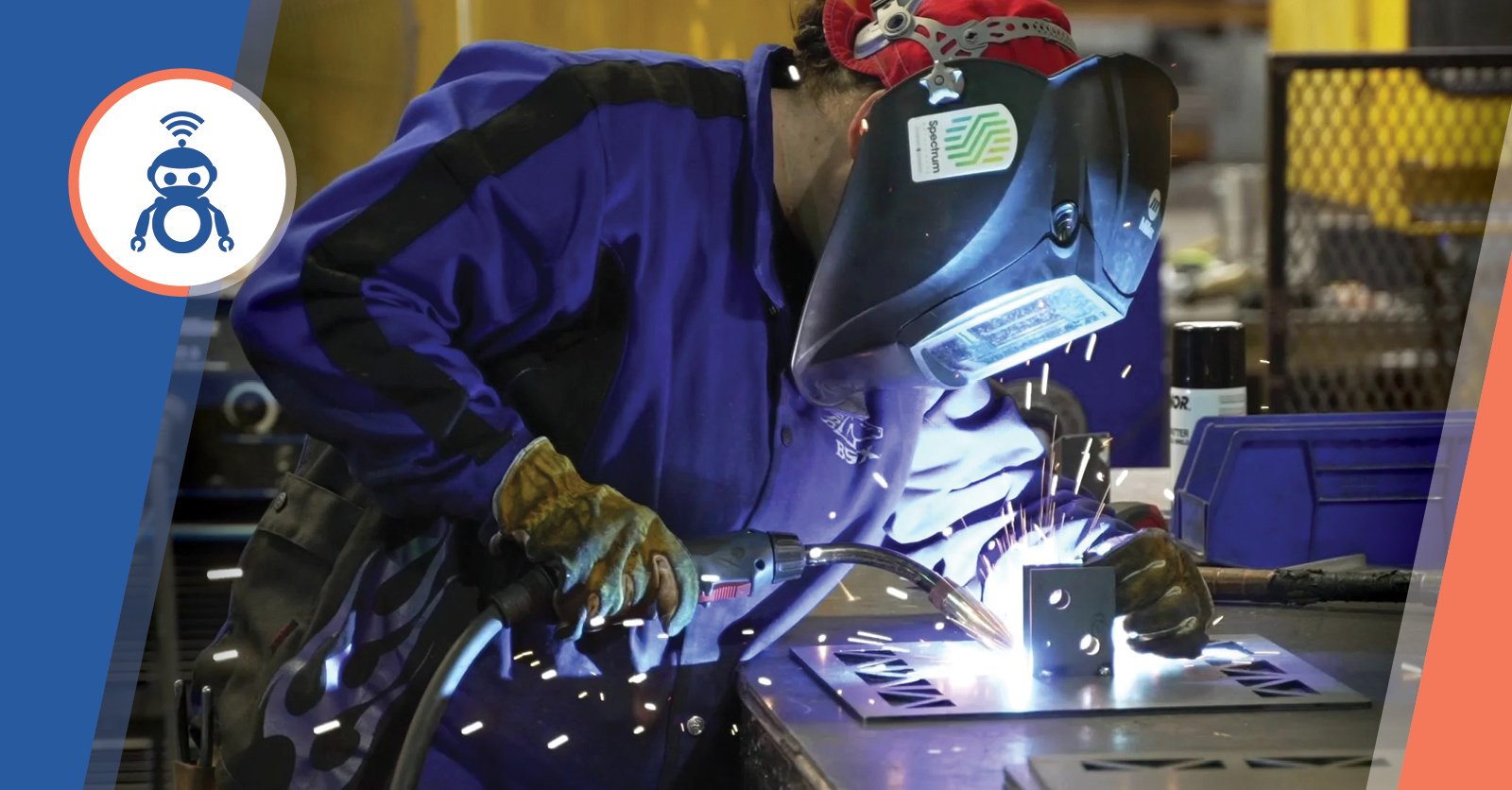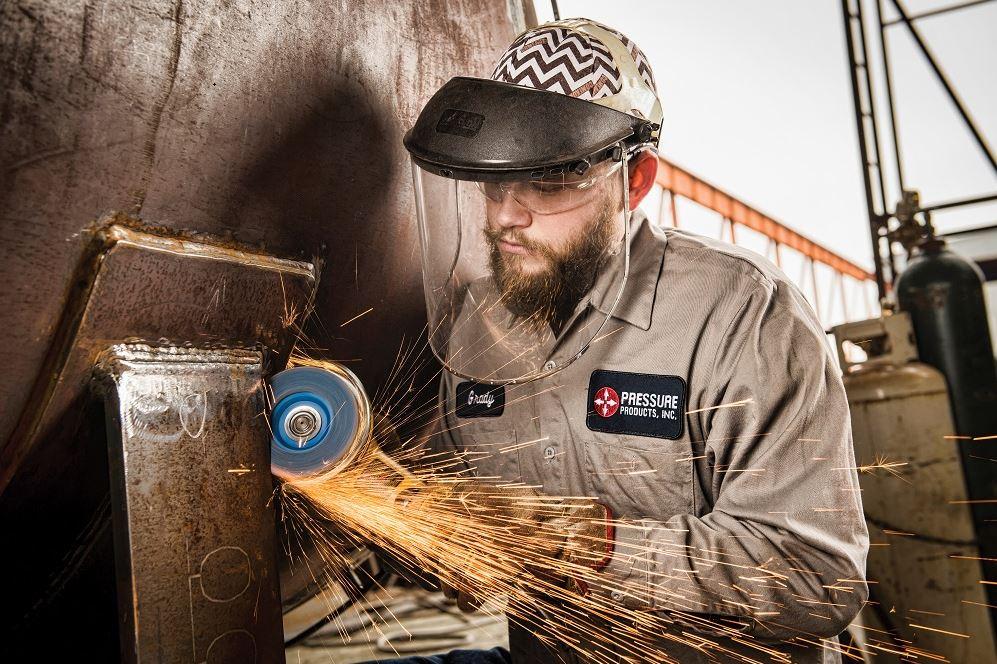Usual Welding Fixing Issues and How to Address Them Successfully
Welding repair services typically come across an array of issues that can threaten the integrity of the last product. Usual issues consist of inadequate infiltration, porosity, and misalignment, to name a few. Each issue offers unique challenges that require particular approaches for resolution. Comprehending these concerns is crucial for welders aiming to improve their outcomes and skills. This conversation will discover these usual welding repair work problems and reliable approaches to resolve them.
Inadequate Penetration
Poor infiltration happens when the weld metal fails to totally fuse with the base material, causing weak joints and possible architectural failures. This problem usually stems from inadequate warm input, wrong electrode angle, or incorrect welding speed. Welders might run into inadequate infiltration as a result of a mistake of the needed specifications for a details material density or type. Furthermore, contamination on the base product's surface area can prevent efficient bonding, exacerbating the trouble. To address insufficient infiltration, welders ought to assure ideal setups on their equipment and keep a tidy job surface area. Regular inspection of welds is suggested to identify any type of deficiencies early, enabling timely improvements and the prevention of endangered architectural honesty in welded assemblies.
Porosity
Porosity is a typical issue in bonded joints that shows up as little gas bubbles entraped within the weld steel. This problem can compromise the integrity of the weld, leading to lowered toughness and possible failing under stress. Belgrade Welding. Porosity typically develops from contamination, dampness, or improper welding strategies, which allow gases to get away right into the molten weld swimming pool. To resolve porosity, welders ought to assure correct surface area prep work, maintain a tidy functioning atmosphere, and make use of ideal welding parameters. Furthermore, choosing the best filler product and protecting gas can minimize gas entrapment. Regular examination and screening of welds can assist recognize porosity early, ensuring timely rehabilitative activities are taken, therefore protecting the quality and reliability of the welded framework
Imbalance
Misalignment in welding can develop from various factors, consisting of improper configuration and thermal development. Comprehending the origin is crucial for efficient resolution. Several modification methods are readily available to realign elements and assure architectural honesty.
Reasons for Imbalance
Welding misalignment typically stems from a variety of underlying problems that can jeopardize structural stability. One key reason is inappropriate fit-up of components before welding, which can lead to gaps and unequal surfaces. Variants in thermal expansion during the welding procedure can also lead to distortion, specifically if the products being joined have different coefficients of development. Furthermore, inadequate fixturing and securing might stop working to hold elements firmly in place, leading to movement throughout welding. Improperly conserved tools, consisting of welding equipments and tools, might introduce inconsistencies in the weld grain, additional adding to misalignment. Driver error, stemming from not enough training or experience, can additionally play a significant duty in producing misaligned welds.

Adjustment Methods Readily Available
Addressing imbalance successfully requires a combination of rehabilitative techniques customized to the details concerns handy. One common method is making use of components or jigs to hold parts in the proper setting throughout welding, making sure consistent positioning. Additionally, pre-heating the products can help in reducing distortion and enhance fit-up. For substantial misalignment, mechanical adjustment strategies, such as using hydraulic jacks or clamps, can be utilized to remedy the placement prior to welding. Post-weld warmth therapy might likewise be needed to soothe tensions triggered by imbalance. Cautious evaluation and adjustment throughout the configuration stage can protect against misalignment concerns from ending up being significant issues, promoting a smoother welding process and enhancing general architectural stability.
Distortion
Distortion is an usual obstacle in welding that can develop from various variables, consisting of irregular home heating and cooling. Recognizing the reasons of distortion is crucial for executing efficient avoidance methods. Resolving this problem not only boosts architectural honesty however additionally improves the total quality of the weld.
Reasons of Distortion
When subjected to the intense heat of welding, materials frequently undergo adjustments that can bring about distortion. This phenomenon primarily develops from thermal expansion and tightening throughout the welding process. As the weld area warms up, the product increases; upon air conditioning, it contracts, which can create inner tensions. In addition, unequal heating across a work surface can worsen these tensions, leading to bending or bending. The kind of product additionally plays a significant duty; metals with differing thermal conductivity and coefficients of expansion may respond in a different way, bring about unforeseeable distortions. Inadequate joint style and poor fixturing can add to imbalance during welding, increasing the probability of distortion. Comprehending these causes is crucial for reliable welding fixing and avoidance approaches.
Avoidance Techniques
Reliable avoidance techniques for distortion during welding focus on managing warm input and making certain correct joint layout. Preserving a constant warm input assists to reduce thermal growth and tightening, which can lead to distortion. Making use of strategies such as pre-heating the work surface can additionally minimize the temperature level gradient, promoting consistent heating. In addition, picking suitable joint designs, such as T-joints or lap joints, can improve security and reduce tension focus. Carrying out proper fixturing to protect the work surfaces in position even more help in keeping placement throughout the welding procedure. Finally, staggered welding series can disperse heat much more uniformly, stopping local distortion. By using these strategies, welders can substantially decrease the chance of distortion and boost the total quality of their welds.
Splitting
Cracking is a typical concern experienced in welding repair work, commonly resulting from various factors such as incorrect cooling prices, material choice, or insufficient joint preparation. The occurrence of splits can substantially jeopardize the honesty of the weld, resulting in potential failures during procedure. To resolve this concern, welders need to first assess the root creates, ensuring that i loved this products are compatible and properly selected for the specific application. Additionally, managing the air conditioning price during the welding process is vital; fast cooling can generate tension and cause fracturing. Proper joint layout and preparation additionally contribute to reducing the risk. Carrying out these methods can improve weld quality and toughness, inevitably lowering the chance of breaking in completed weldments.

Incomplete Fusion
A substantial concern in welding repair services is incomplete combination, which happens when the weld metal does not adequately bond with the base material or previous weld passes - Montana Mobile Welding and Repair. This problem can lead to weaknesses in the joint, possibly endangering the stability of the bonded structure. Factors adding to incomplete combination include insufficient heat input, incorrect welding technique, and contamination of the surface areas being signed up with. To resolve this concern properly, welders should ensure proper pre-weld cleansing and surface area preparation, as well as readjust their welding criteria to accomplish appropriate infiltration and combination. Normal inspection throughout the welding process can additionally assist recognize incomplete combination early, permitting timely rehabilitative steps to improve the general quality of the weld
Overheating
While welding repair work can improve structural her explanation honesty, overheating offers a substantial challenge that can result in product degradation. Extreme heat during welding can modify the mechanical properties of metals, causing lowered strength, raised brittleness, and warping. This sensation is especially vital in high-stress applications where architectural reliability is paramount. Determining getting too hot can entail visual evaluations for staining or distortion, along with monitoring temperature during the welding procedure. To mitigate the dangers associated with getting too hot, welders need to utilize proper techniques, such as regulating heat input, adjusting travel speed, and using suitable filler materials. Additionally, carrying out pre- and post-weld warm treatments can aid recover material buildings and enhance the total high quality of the fixing, making sure long-term efficiency and safety.
Regularly Asked Inquiries
What Are the Common Signs of a Welding Issue?

How Can I Examine My Welds for High quality?
To look at this web-site evaluate welds for top quality, one can utilize aesthetic evaluations, ultrasonic screening, and radiographic approaches. Each technique guarantees architectural integrity, identifies defects, and confirms adherence to specified requirements, ultimately enhancing the integrity of the welded joints.
What Safety and security Safety Measures Should I Take While Welding?
When welding, one need to prioritize safety by wearing proper personal safety tools, making sure appropriate ventilation, safeguarding flammable materials away, keeping a clean work area, and being mindful of environments to protect against injuries and mishaps.
Can I Repair a Weld Without Redoing the Entire Joint?
Fixing a weld without redoing the whole joint is possible, relying on the damage (Fabrication). Strategies such as grinding, including filler material, or making use of a welding procedure can effectively attend to particular defects while maintaining the bordering framework
What Equipment Are Important for Effective Welding Repair Works?
Necessary tools for reliable welding fixings include a welding maker, cable brush, grinder, safety gear, clamps, and filler materials. Each device plays a crucial duty in guaranteeing high quality and safety and security throughout the repair work process. Porosity commonly emerges from contamination, wetness, or incorrect welding methods, which allow gases to leave into the liquified weld swimming pool. Poorly conserved tools, including welding devices and devices, might present disparities in the weld grain, more adding to imbalance. When subjected to the intense warm of welding, materials often undertake modifications that can lead to distortion. Breaking is a common problem run into in welding repairs, frequently resulting from numerous elements such as incorrect cooling rates, material selection, or poor joint prep work. A considerable problem in welding fixings is incomplete fusion, which happens when the weld steel does not sufficiently bond with the base product or previous weld passes.